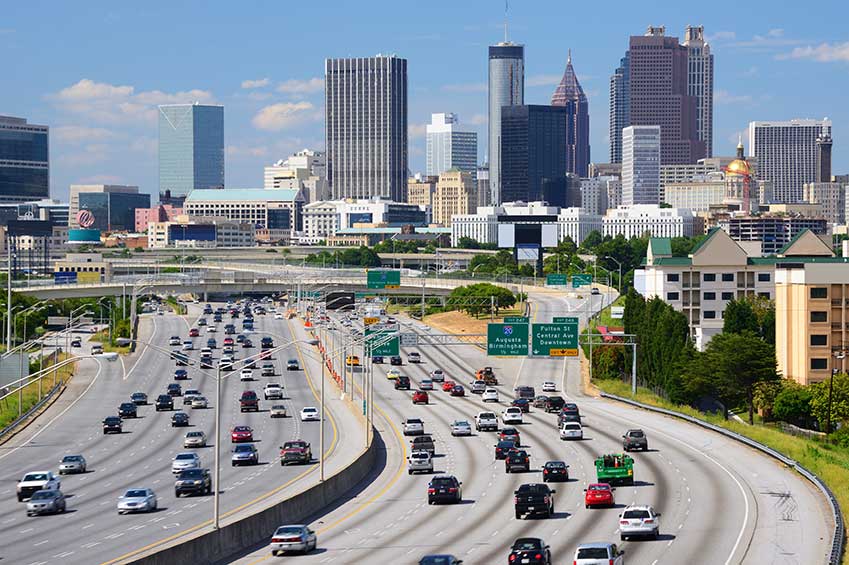

A driver training bulletin called "Sportsmanlike Driving" had to explain velocity and centrifugal force and why when drivers took corners at high speed their cars skidded or sometimes "turned turtle" (flipped over). Our current method of making a left turn was not known, and drinking-and-driving was not considered a serious crime. In the first decade of the 20th century there were no stop signs, warning signs, traffic lights, traffic cops, driver's education, lane lines, street lighting, brake lights, driver's licenses or posted speed limits. In many ways, Detroit was the first city to transform the streets and the minds of people from the age of horses to the new, fast-paced age of motor vehicles, but it was a battle that took decades to win. ■The city drew national attention for using a tennis court line painting device to mark pedestrian crossing areas, safety zones and parking spaces. ■Detroit was among the first to have a police squad dedicated to traffic control, and second to New York City in creating a judicial court for traffic violations. ■ Detroit was the first city to use stop signs, lane markings, one-way streets and traffic signals. The city would lead the nation in managing this chaotic, enormous problem: Soon thousands of cars jammed Detroit streets, driven by inexperienced drivers.

At first speeding vehicles were not a big problem, with only a few of them on Detroit streets, but the situation grew serious quickly.Īs early as 1908, auto accidents in Detroit were recognized as a menacing problem: In two months that summer, 31 people were killed in car crashes and so many were injured it went unrecorded. The transition from the horse age to the motorized age would prove to be very dangerous. It went as fast as 20 miles per hour, which was described in the newspaper as "tearing along the street at a lively rate, dodging people and teams." The very first gasoline-powered vehicle driven on the streets of Detroit was built by engineer Charles Brady King in 1896. View Gallery: Hazardous traffic: The early years


 0 kommentar(er)
0 kommentar(er)
